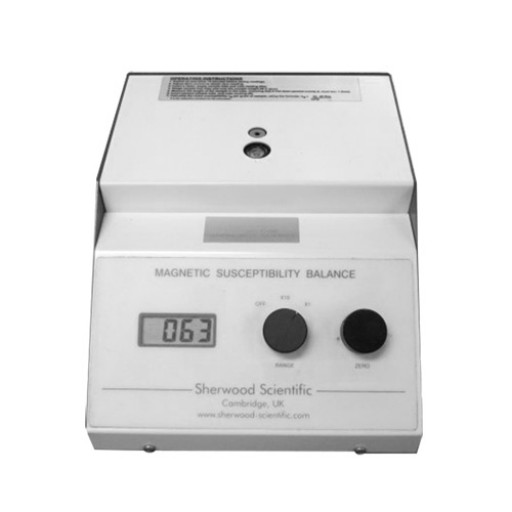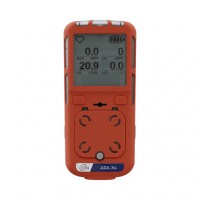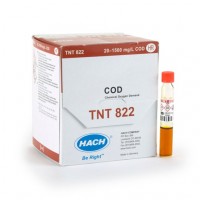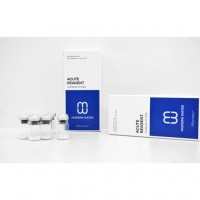Magnetic Susceptibility Balance / Scales
- Sherwood - MSB MK1
- For ease and speed of use, place the sample tube in the balance and get an immediate digital read-out.
- Measurements can be made on a wide array of diamagnetic and paramagnetic materials.
- Compact, lightweight, and easily portable.
The MK 1 has proven to be the ideal instrument for use in teaching laboratories throughout the world where the reduced amounts of chemicals required for an experiment save on materials costs and minimizes waste product disposal.
Magnetic Susceptibility is defined as: “The ratio of the intensity of magnetism induced in a substance to the magnetizing force or intensity of field to which it is subject.” Based on their magnetic properties, all substances can be classified into one of three groups, those attracted by a strong magnetic field, known as paramagnetic, those repelled, designated diamagnetic, and finally, the most recognized class, ferromagnetic, unique in their ability to retain their own magnetic field. Ferromagnets are able to retain a permanent magnetic field since their free electrons are in close proximity and remain aligned even after the external magnetic field is removed.
Unlike the ferromagnets, the magnetic properties of the diamagnetic or paramagnetic materials could only be observed and measured when these samples are held within a magnetic field; or applied externally. The MK 1 Magnetic Susceptibility Balance has proven to be the ideal instrument for use in teaching laboratories throughout the world where the reduced amounts of chemicals required for an experiment save on material costs and minimizes waste product disposal. The MK 1 displays results for the sample, R, and the blank tube, Ro, which are then computed using the calculation formulae. By using matched magnets and a printed circuit construction for the coil, balance-to-balance reproducibility is ensured.
Advantages
- For ease and speed of use, place the sample tube in the balance and get an immediate digital read-out.
- Measurements can be made on a wide one of diamagnetic and paramagnetic materials.
- The fixed sample tube allows susceptibility measurement of solids, liquids, and gases.
- The technique has comparable sensitivity and is as accurate as traditional methods of measurement.
- The cost of the balance is significantly lower than a complete Gouy balance system.
- The instantaneous digital read-out can be used to calculate magnetic susceptibility using a simple equation. This gives significant time savings in both set-up and measurement.
- Small sample size - the balance normally works with a sample weight of around 250mg. but, by using a thin-bore sample tube, as little as 50mg. is required to give an accurate measurement.
- Analog output. Using a flow cell allows a chemical reaction resulting in a change of susceptibility to be monitored dynamically.
- This allows new applications to be investigated, for example, redox reactions.
- External power supply. The MSB is a low voltage instrument enhancing the safety aspects by removing high voltage from the detection end in contact with the chemicals.
- The equipment is compact, lightweight, and easily portable.
MSB Mk1
| Size in cm (unpacked) | 22w x 28d x 14h |
| Size in cm (packed) | 34w x 45d x 26h |
| Weight (unpacked) | 4.5 Kg (~ 10 lbs) |
| Measurement range | Approx. ±2×10-5 to ±5×10-8 arbitrary units |
| Amount of sample required for accurate determination of Magnetic Susceptibility | 70µl (min) / 300µl (max) Approx. 0.04g solid (depending upon density) Approx. 0.025g solution |
| Detection limits | Approx. 10x lower than above (depending upon Magnetic Susceptibility) |
| Outputs | Digital display Analogue output |
| Magnetic Field Strength | 3.5 kGauss |
The MSB Mk1 is supplied with a Universal Power Supply accepting input voltages over the range 100 – 240V AC, 50/60Hz, with output to the instrument of 12V DC.






Do you have a question?
min 10 ch